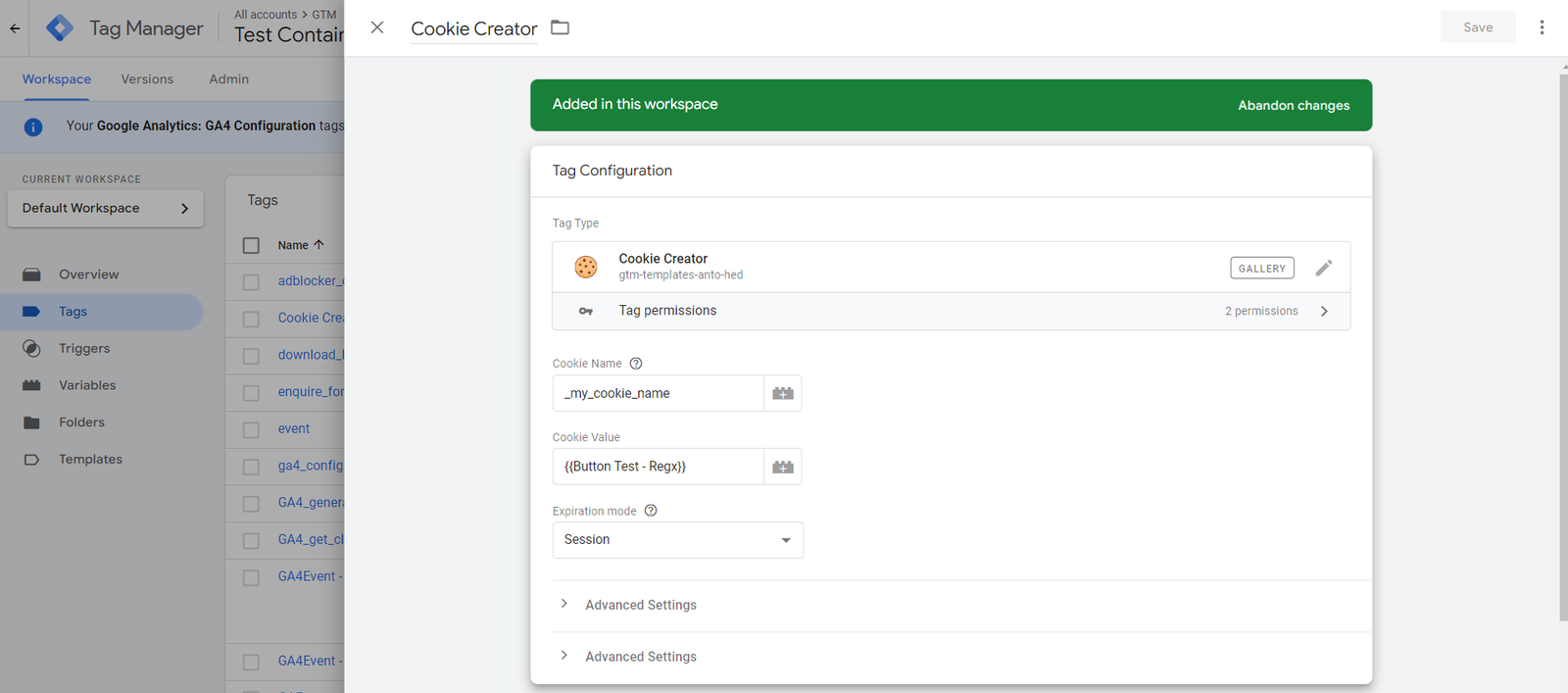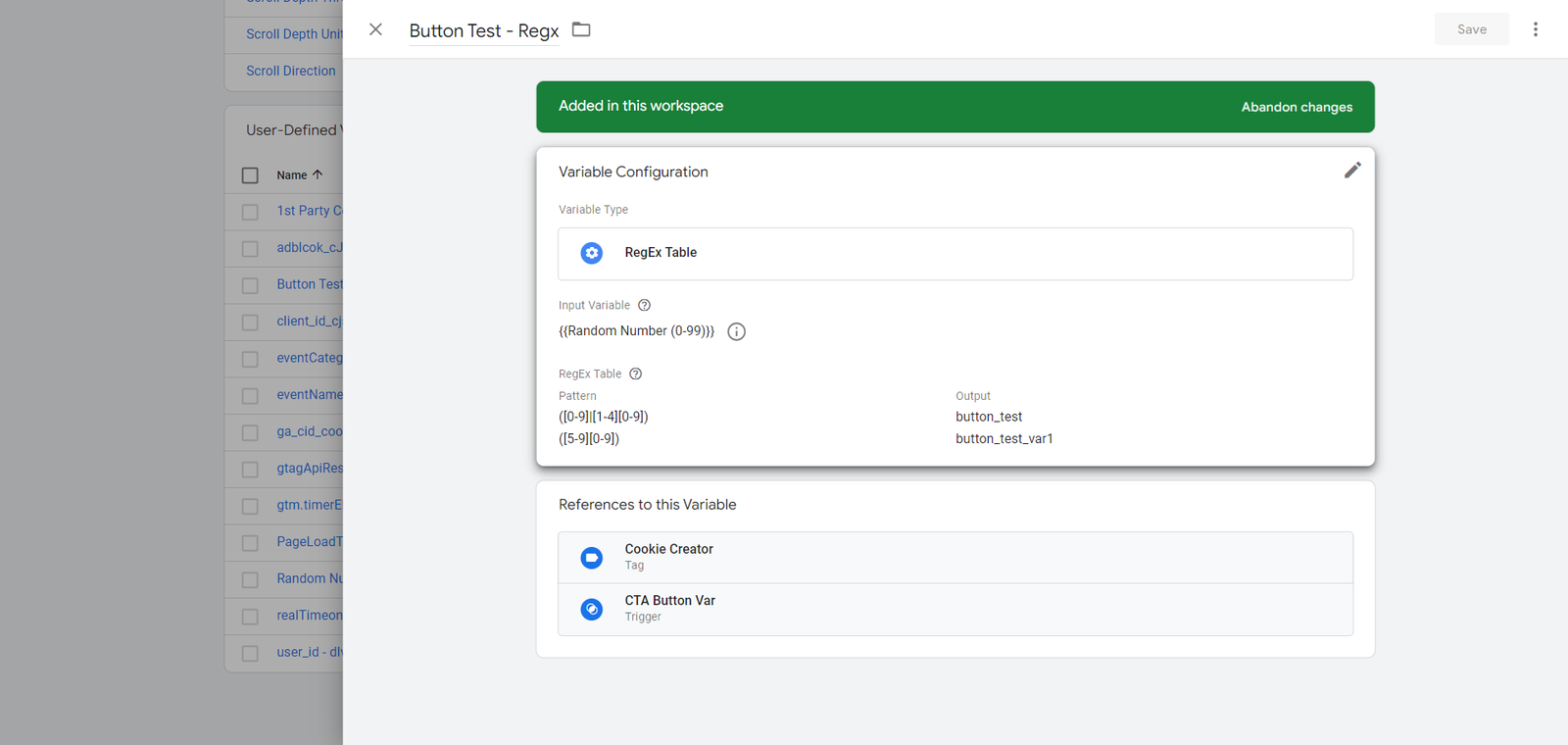Tag Sequencing in Google Tag Manager

In today’s data-driven world, making decisions based on insights and evidence is crucial for businesses to stay competitive. This article explores the power of data-driven decision making and how Google Tag Manager and A/B testing can drive better decision making. We will discuss how to implement A/B testing in GTM. Additionally, we will explore best practices for A/B testing in GTM and how to leverage data insights for optimizing decision making.
Key Takeaways
- Understanding the Importance of Data-Driven Decisions
- Introduction to Google Tag Manager
- A/B Testing in GTM: The Basics
- Setting Up A/B Testing in GTM
- Optimizing Decision Making with Data
Understanding the Importance of Data-Driven Decisions
The Role of Data in Decision Making
Unveiling Insights: It illuminates customer preferences, market shifts, and operational performance, painting a clear picture of your present and future.
Fact-Based Choices: Data eliminates the fog of subjectivity, replacing it with the clarity of objective facts.
Maximizing Data’s Potential: To fully harness the power of data, focus on its quality and relevance. Ensure your data is:
- Accurate: Free from errors and inconsistencies.
- Reliable: Consistent and trustworthy.
- Relevant: Aligned with your specific goals and objectives.
- Structured Data: Use Markdown tables to present quantitative data like key metrics or comparisons. This format provides a clear and concise overview, facilitating easy interpretation.
- Unstructured Content: For qualitative points, steps, or related items, consider bulleted or numbered lists.
Introduction to Google Tag Manager
What is Google Tag Manager?
Imagine a world where you can effortlessly control all your website’s tracking codes and tags, without wrestling with code or relying on developer assistance. That’s the magic of Google Tag Manager (GTM)!
Here’s how GTM empowers you to take charge of your tags:
- Centralized Hub: It acts as your one-stop shop for managing marketing and analytics tags, streamlining their implementation and updates.
- No Coding Required: GTM’s user-friendly interface lets you create, manage, and deploy tags with a few clicks.
- Reduced Reliance on Developers: Empower marketers and analysts to manage tags independently, freeing up developer time for other priorities.
A/B Testing in GTM: The Basics
What is A/B Testing in GTM Basics?
A/B testing is like your trusty taste-testing panel, helping you determine which ingredients create the winning flavor combinations.
Here’s how it works:
- The Experiment: You create two versions of a webpage or app element, like a headline, button, or layout.
- The Audience Split: Your visitors or users are randomly divided into two groups, like your taste-testers.
- The Performance Showdown: You carefully track how each version performs, measuring metrics like clicks, engagement, or conversions.
- The Winning Recipe: The version that achieves your desired goals (like more clicks, longer engagement, or higher sales) emerges as the victor!
Why It Matters:
- Data-Driven Decisions: A/B testing in GTM takes the guesswork out of design and optimization. You make choices based on real user behavior.
- Unlocking User Preferences: It reveals what resonates best with your audience, helping you create experiences that truly engage and convert.
- Continuous Improvement: A/B testing in GTM fosters a culture of experimentation, leading to ongoing optimization and better results over time.
A/B Testing Benefits
A/B testing in GTM provides several benefits, including:
- Improved Conversion Rates: By testing different variations, you can identify the elements that drive higher conversion rates, such as call-to-action buttons, headlines, or images.
- Reduced Bounce Rates: A/B testing helps you understand why visitors may be leaving your website and allows you to make changes to improve engagement and reduce bounce rates.
- Enhanced User Experience: By testing different layouts, navigation options, or content formats, you can create a more user-friendly experience that meets the needs and preferences of your target audience.
Best Practices for A/B Testing in GTM
When conducting A/B testing in GTM, it is important to follow best practices to ensure accurate and reliable results. Here are some key considerations:
- Define clear objectives: Clearly define the goals and metrics you want to measure with your A/B test.
- Test one variable at a time: To accurately measure the impact of a specific change, it is important to test only one variable at a time.
- Randomize and segment your audience: Randomly assign your audience to different variants to ensure unbiased results.
- Monitor and analyze results: Continuously monitor and analyze the results of your A/B test.
Setting Up A/B Testing in GTM
Setting up A/B testing in GTM is a straightforward process that allows you to test different variations of your website or app.
Step 1: Create a new “Cookie Creator” Template from the Template Gallery from the GTM and add to workspace.

Step 2: Create the GTM tag and add the details by adding the cookie value.

Step 3: Create 1st Party Cookie variable from navigating to the Variable section.

Step 4: Build variable of custom javascript and add the below code for generating the random number between 0-99.

Step 5: Create RegEx table variable for the cookie and add different variations.

Sep 6: Now run and check whether your experiment is running correct.

Creating Variants and Goals
Variants are the different versions of a webpage or element that you want to test against each other.
- Focus on one element: Test one specific element at a time to accurately measure its impact on user behavior.
- Make meaningful changes: Ensure that the changes you make are significant enough to potentially influence user behavior.
- Consider your audience: Take into account the preferences and characteristics of your target audience when creating variants.
Tracking and Analyzing A/B Testing in GTM Results
To effectively analyze the A/B testing in GTM results, consider the following:
- Segmentation: Break down the results by different user segments, such as demographics or behavior, to identify patterns and trends.
- Statistical significance: Ensure that the sample size is large enough and the results are statistically significant before drawing conclusions.
- Time period: Analyze the results over a sufficient time period to account for any seasonal or temporal variations.
Optimizing Decision Making with Data
Analyzing and interpreting data allows businesses to identify patterns, trends, and opportunities that can inform decision-making processes.
To effectively leverage data insights, businesses should follow these key steps:
- Collecting and organizing data: Implementing robust data collection methods and tools is essential for gathering accurate and reliable data.
- Analyzing and interpreting data: Once data is collected, it needs to be analyzed and interpreted to extract meaningful insights.
- Applying insights to decision-making: The insights gained from data analysis should be applied to inform decision-making processes.
Conclusion
In conclusion, by implementing A/B testing in Google Tag Manager, businesses can easily manage and deploy various tracking codes and tags, allowing them to collect valuable data about user behavior and website performance. A/B testing, on the other hand, enables businesses to test different variations of their website or marketing campaigns and determine which one performs better.
Frequently Asked Questions
1. How does Google Tag Manager help in data-driven decision making?
Google Tag Manager is a powerful tool that simplifies the process of implementing and managing tracking tags on websites. By using Google Tag Manager, businesses can collect valuable data about user behavior and interactions, which can be used to make data-driven decisions.
2. What is A/B testing and how does it contribute to data-driven decision making?
A/B testing is a method of comparing two versions of a webpage or app to determine which one performs better. By conducting A/B tests, businesses can gather data on user preferences and behaviors, which can inform decision making and lead to data-driven optimizations.
Connect with Us
Stay ahead in the ever-evolving world of marketing technology by connecting with Advaana Inc. Let's work together to transform your marketing technology landscape. Connect with us today and take the first step towards achieving your MarTech goals. image

(717) 461-9080







